
The latest episode of Doctor Who season 11, "The Tsuranga Conundrum," draws upon some classic sci-fi tropes - but leaves a lot of curious questions unanswered. It sees the Doctor and her friends trapped aboard a medical spaceship as a monstrous creature known as the Pting threatened to destroy the vessel.
Showrunner Chris Chibnall is attempting to showcase the sheer diversity of Doctor Who, with episodes exploring everything from alien invasions to historicals, from environmental catastrophes to the "base-under-siege" idea. In conceptual terms, there are similarities between "The Tsuranga Conundrum" and the first episode he wrote for Doctor Who, "42." There are also clear homages to the Alien franchise, with the Pting ejected into space just like the xenomorph in the classic movie. All that's offset by a number of whimsical sub-plots, including a male pregnancy.
Related: Doctor Who Season 11 Is Fixing Tired Formula Problems
But "The Tsuranga Conundrum" raises a lot of curious questions. What is the Book of Celebrants? How has the human race changed by the 67th century? And was the Doctor's character slightly different in this episode? Let's explore all the questions.
- This Page: Exploring The Future of the Human Race
- Next Page: Just What's Going On With The Doctor?
What Happened to Ryan's Family?
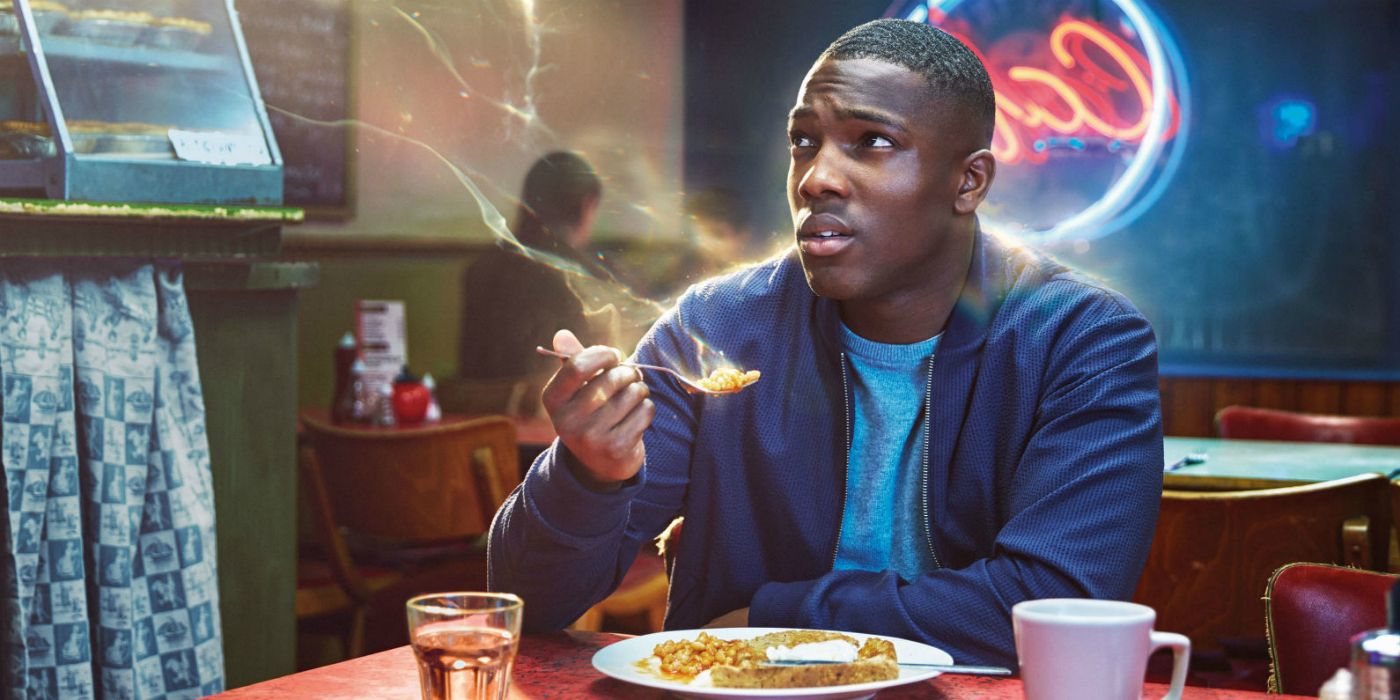
Let's start with a question that has finally been answered: what happened to Ryan's family? One of the most powerful scenes in "The Tsuranga Conundrum" sees Ryan confide in Yaz at last, telling her what happened to his mother. It seems that she had a stroke when he was just 13 years old, and the teenage Ryan was the one who found her body in the kitchen. The relationship between Ryan and his father broke down, in part because Ryan reminded his dad of the woman he had loved and lost.
"Family" is the central theme of Doctor Who season 11, and "The Tsuranga Conundrum" is a crucial step on Ryan's character journey. It's possible he's coming to a point where he can be reconciled with his dad. Meanwhile, the scene is important for another reason; it shows Ryan and Yaz continuing to bond, with Ryan opening up to her about things he doesn't normally talk about. The scene is made all the more effective by powerful performances by Mandip Gill and Tosin Cole.
What is the Book of Celebrants?
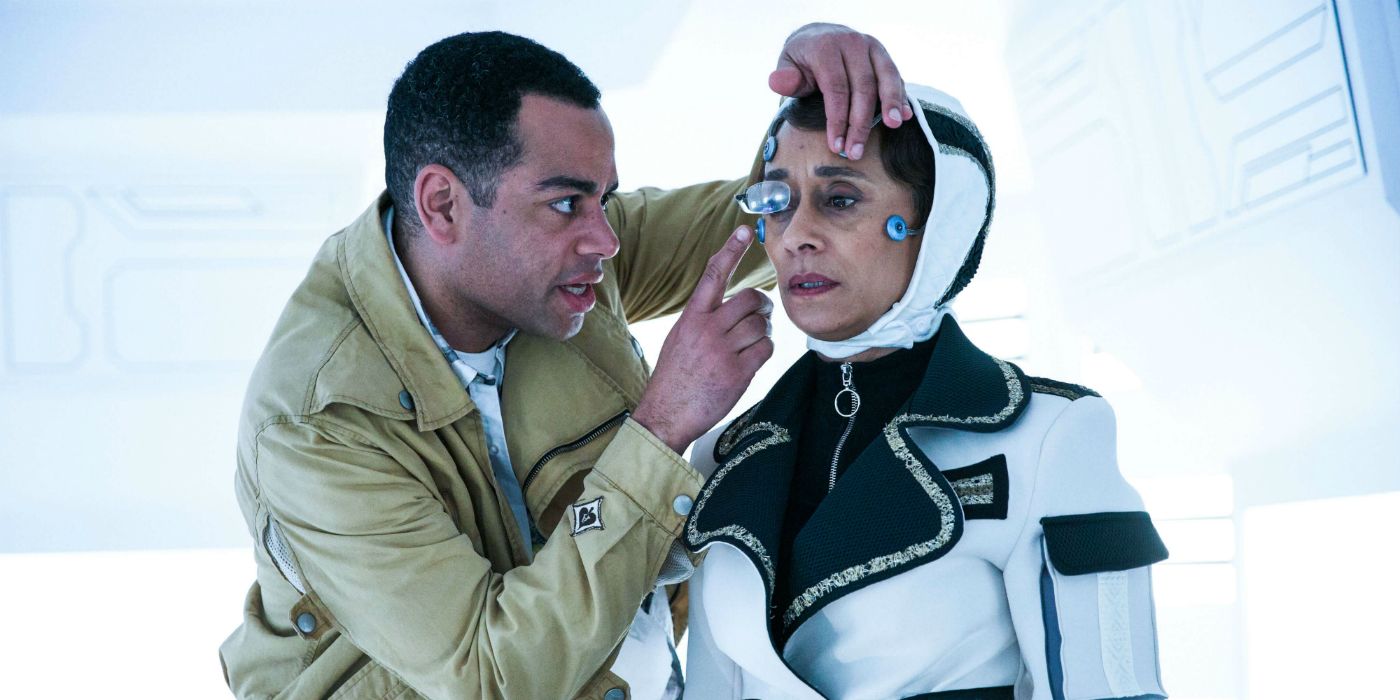
"The Tsuranga Conundrum" contained a number of references to "The Book of Celebrants." This is presumably a record of the most distinguished figures in human history, and apparently General Cicero is featured in it. Unsurprisingly, the Doctor is too; General Cicero remembers that she's the subject of an entire chapter. "I'd say it was more a volume than a chapter," the Doctor brags.
Related: Doctor Who Brought Back River Song's Prison
It's interesting to note that General Cicero wasn't particularly surprised that the Doctor was a woman, though. This may suggest one of two things - either the human race isn't really interested in gender by the 67th century, or else history (accurately) records the Doctor as both a man and a woman.
What is a Junk Galaxy?
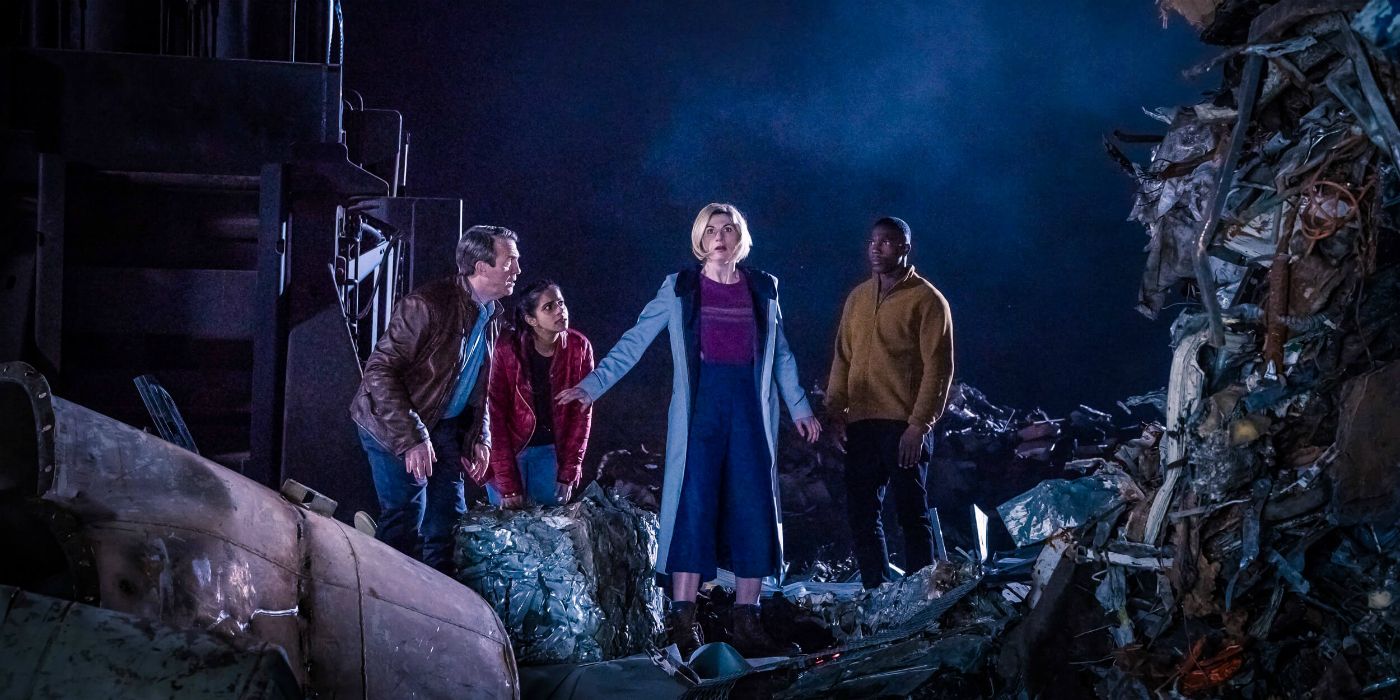
While there are a lot of differences between the human race of the 21st century and of the 67th, there are a lot of similarities. Humanity has always been wasteful, and it seems that this tendency has continued into the future. The episode opens with the Doctor and her friends scavenging in a junk galaxy, which is presumably the cosmic equivalent of a dump. The Doctor implies that every single planet in a junk galaxy serves a single purpose, as a repository for the universe's trash. It's also implied that junk galaxies aren't particularly uncommon.
Doctor Who season 11 has a fascinatingly nuanced view of the human race. A previous episode, "Rosa," suggested that the battle against racism will always continue; "The Tsuranga Conundrum" pointed to a sophisticated future of gender equality that definitely feels quite liberal in philosophy, and yet still shone a subtle light upon one of humanity's bad points as well.
How Has The Human Race Changed By The 67th Century?
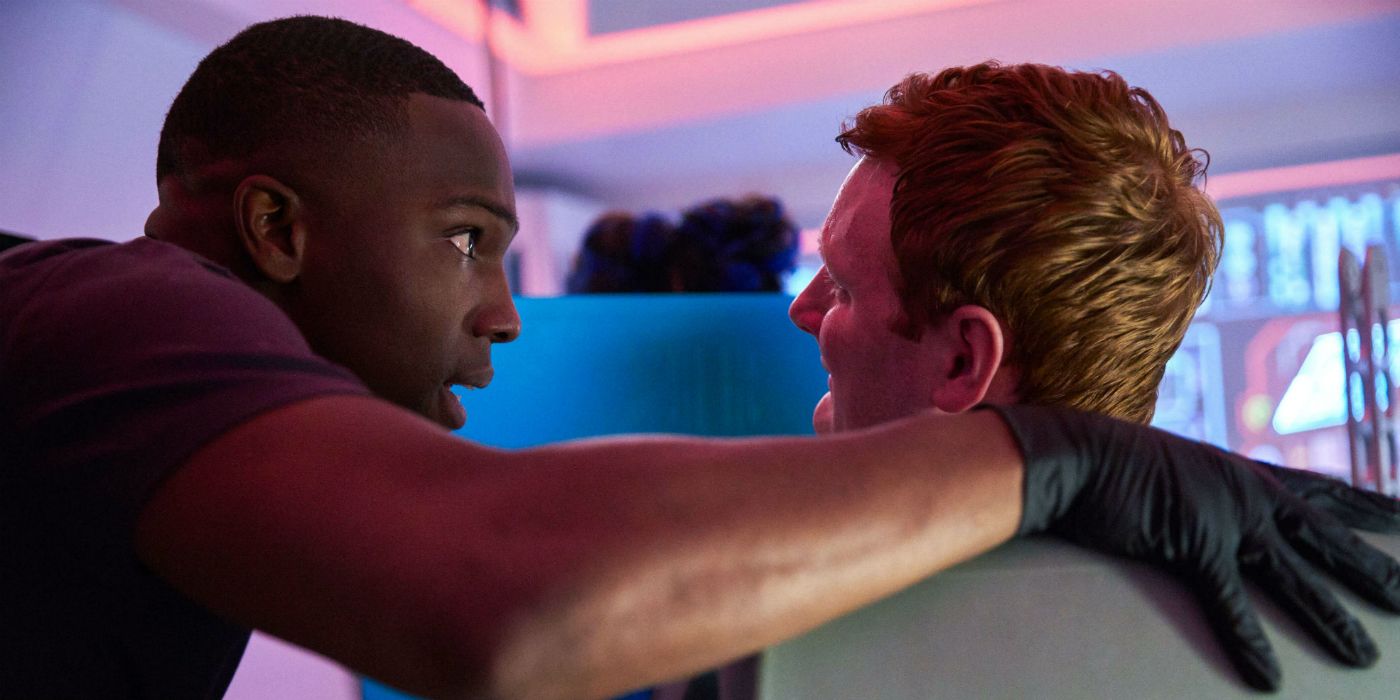
One of the most fascinating plots in "The Tsuranga Conundrum" is the pregnancy of Yoss Inkle, a cosmic jack-the-lad who had an ill-judged holiday fling and is about to give birth. It seems that he's from an (evolutionary or genetically engineered?) branch of humanity where both men and women can give birth; men give birth to men, women give birth to women. Pleasingly, "The Tsuranga Conundrum" treats this as an entirely serious plot point rather than a gag about men having babies. But Yoss doesn't seem fazed by the fact that Graham and Ryan can't get pregnant; indeed, he associates their inability to bear a child with their being from Earth. So presumably there are now at least two distinct sub-species of humanity, with the traditional humans still hailing from Earth.
This isn't actually the first time Doctor Who has suggested that, in the future, some men will be able to have children. Back in the David Tennant era, it was revealed that the immortal Captain Jack Harkness would ultimately become "The Face of Boe." In "The Long Game," a news report in the year 200,000 claimed that the Face of Boe was pregnant.
Page 2 of 2: What's Going On With The Doctor?
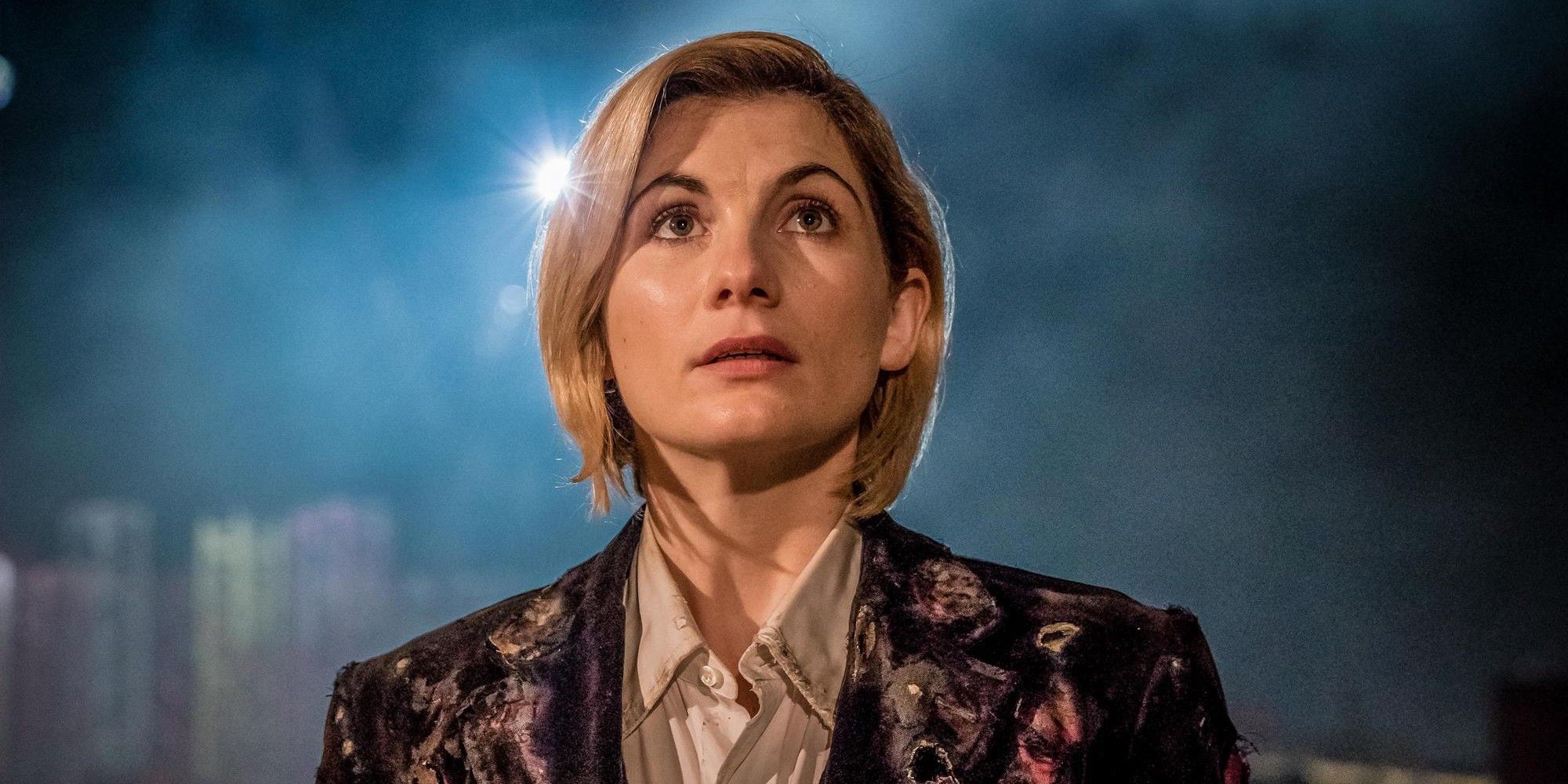
Did the Doctor Describe Antimatter Correctly?
Doctor Who season 11 seems to pride itself on its accuracy. "Rosa," for example, was a historically-accurate exploration of the dawning days of the Civil Rights movement, with key dialogue lifted from transcripts from the time. "The Tsuranga Conundrum" includes a scene in which the Doctor gives a lengthy lecture about antimatter. Her explanation is pretty much spot-on, and she even goes on to describe just how antimatter could theoretically be used as a fuel source. "The particle accelerator smashes the atoms together, like a little antimatter factory, to produce positrons, which are stored very carefully inside electric and magnetic fields," the Doctor explained. "The positrons interact with the fuel materials to produce heat, which produces thrust." It's true that real-world science is a long way away from antimatter drives, but the Doctor's description of the science is surprisingly true to modern scientific theories.
Why Did The Doctor Take Longer Than Her Friends To Heal?
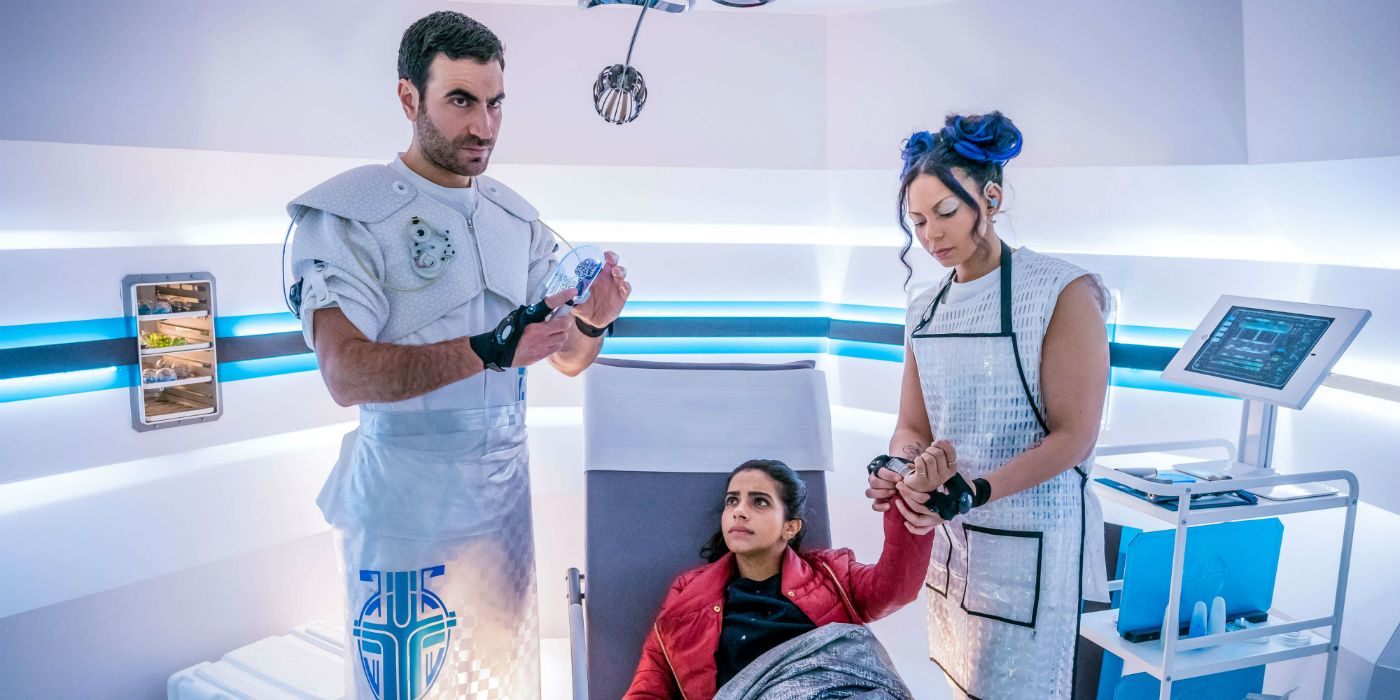
The episode began with the Doctor and her friends struck by a devastating sonic mine. The mine had a terrible effect, with the sound waves pulverizing their internal organs. Fortunately, they were picked up by a passing medical vessel before they could die, and their internal organs were repaired.
Related: Doctor Who: Who Is The Timeless Child?
Curiously, though, the Doctor seemed to be affected far more severely than Ryan, Yaz, and Graham. It's true that she was literally stood on top of the mine, but the others were so close by that they should have been impacted just as badly. The Doctor, however, spends most of "The Tsuranga Conundrum" in pain, her body still healing, while her human friends don't seem to be affected by the experience at all after waking up. This is particularly surprising given Time Lords have often bragged about their recuperative powers.
It's possible that the problem lay with the Tsuranga treatment. They probably haven't ever treated a Time Lord before, and as a result their attempts to help may have done some damage. There's certainly precedent for this in the Doctor Who canon; in Doctor Who: The Movie, Grace Holloway's attempt to save the Doctor's life almost prevented him being able to regenerate.
What Did Astos Detect When He Looked At The Doctor's Medical Readings?
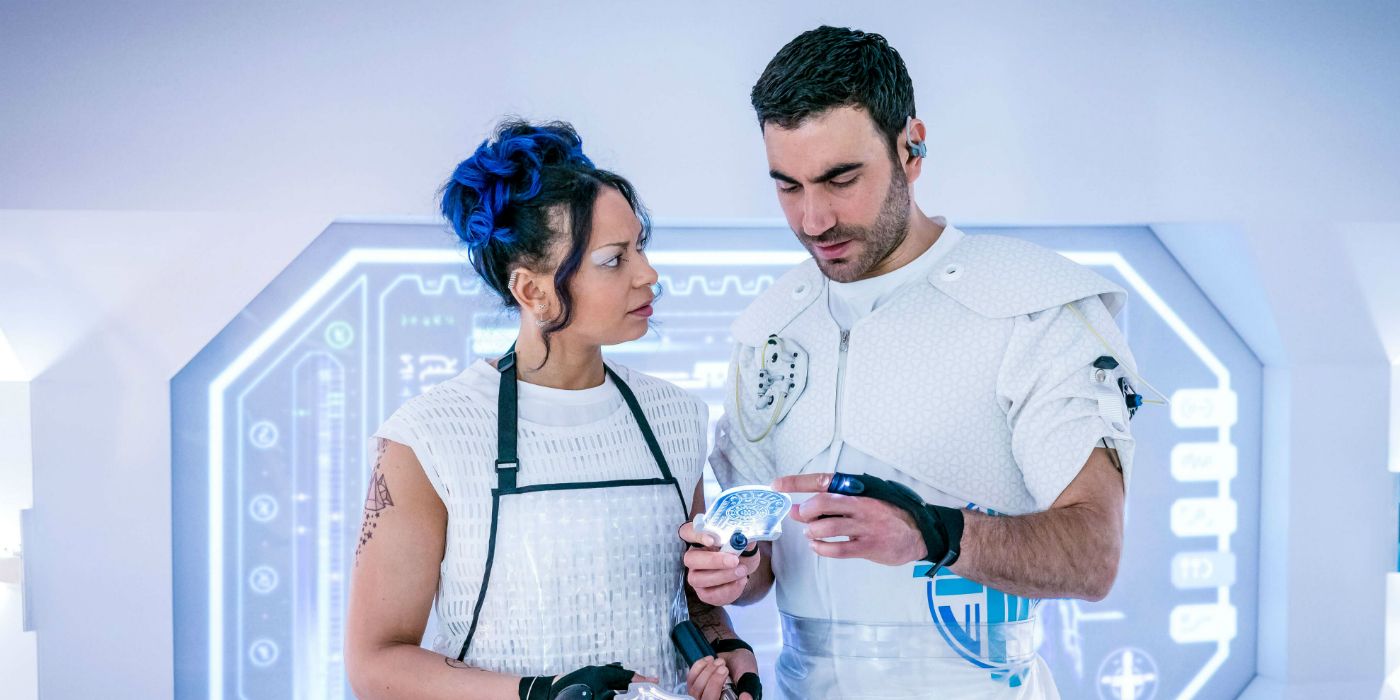
Perhaps tied to this, there's one scene in which the chief medic Astos takes a quick look at the Doctor's medical readings. He reacts in shock, but never explains why. It's possible he's just realized the Doctor isn't human at all, maybe having spotted the second heart. And yet, if the reason for Astos's surprise is really something so basic, why would the episode avoid making it explicit? This brief moment may be setup for a larger arc.
Was the Doctor's Character Slightly Different In "The Tsuranga Conundrum?"
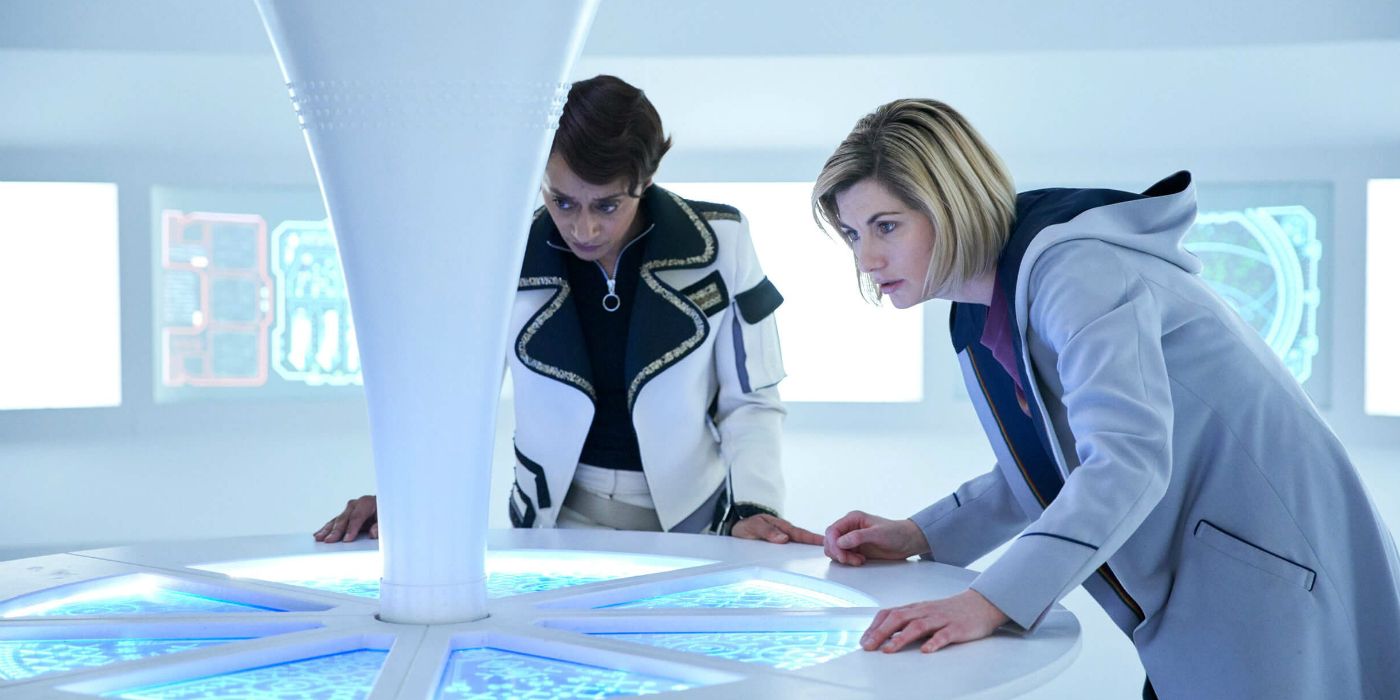
There's something subtly different about Jodie Whittaker's portrayal of the Doctor in "The Tsuranga Conundrum." In previous episodes, she'd seemed evocative of Patrick Troughton, a Doctor who was a lot less self-confident and commanding. Troughton's Doctor preferred to operate under the radar, a tendency we'd previously seen in Whittaker's Doctor back in the episode "Rosa." There, she deliberately chose not to identify herself to an enemy who could conceivably have heard of her - and would probably have abandoned the entire time-zone had he known who she was. In contrast, in "The Tsuranga Conundrum" the Doctor is much more confident and almost overbearing, taking charge with ease. She also seemed a lot more arrogant than in previous episodes, delighting in telling people who she was, and insisting that her contribution to the Book of Celebrants be properly recognized.
Related: Doctor Who Season 11 Is Rewriting The Doctor's Time Lord Backstory
This episode's portrayal of the Doctor was reminiscent of Matt Smith's back in seasons 5 and 6. During that period, the Doctor became supremely confident in his own abilities, and delighted in the fact that he had become a legend. Unfortunately, of course, he became a little bit too important, and his enemies united against him. In the end, Matt Smith's Doctor had to erase records of himself from the timeline.
Is An Avacado A Fruit Or A Vegetable?
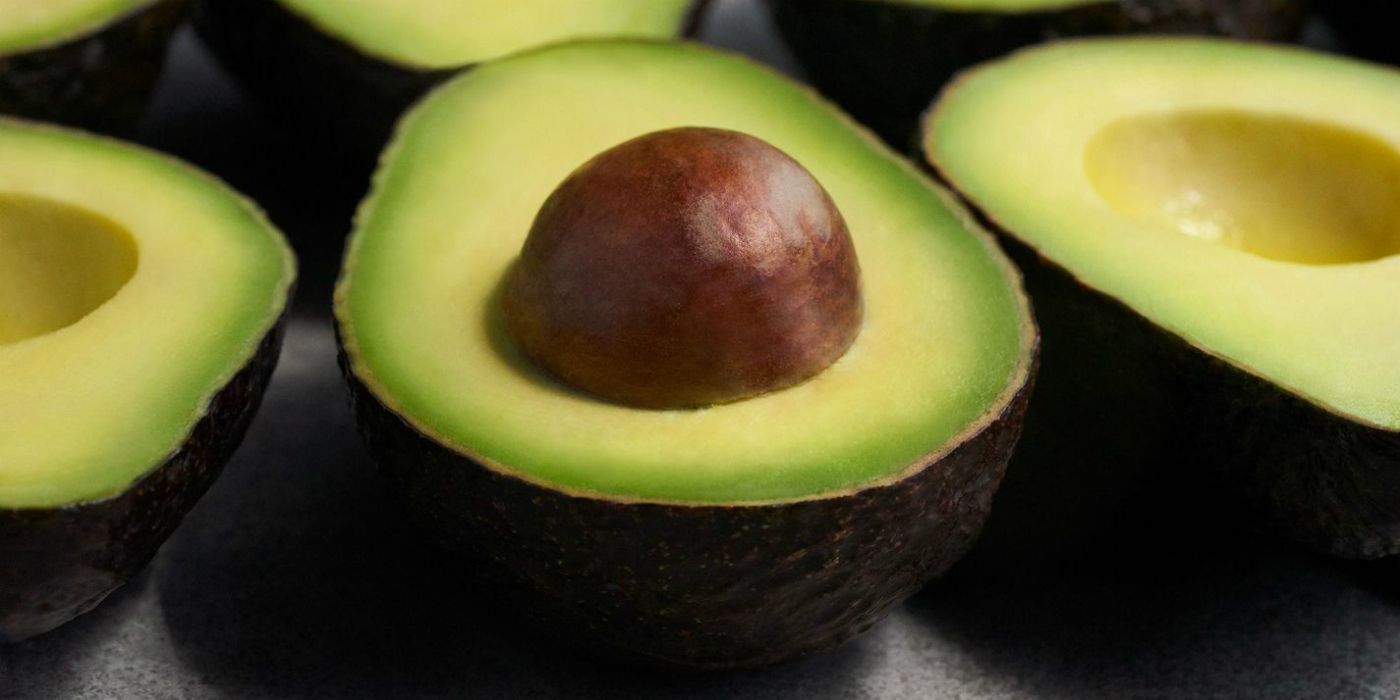
Avocados grow on trees in warmer climates but are native to Mexico. They have a creamy and smooth texture and are covered by a bumpy, thick, dark green or blackish skin. Technically, an avocado is classed as a fruit; it's a large berry with a single seed within it.
More: Doctor Who Isn't Killing Its Villains - Is This The Secret Season 11 Arc?
from ScreenRant - Feed https://ift.tt/2zv0WnK


0 Comments